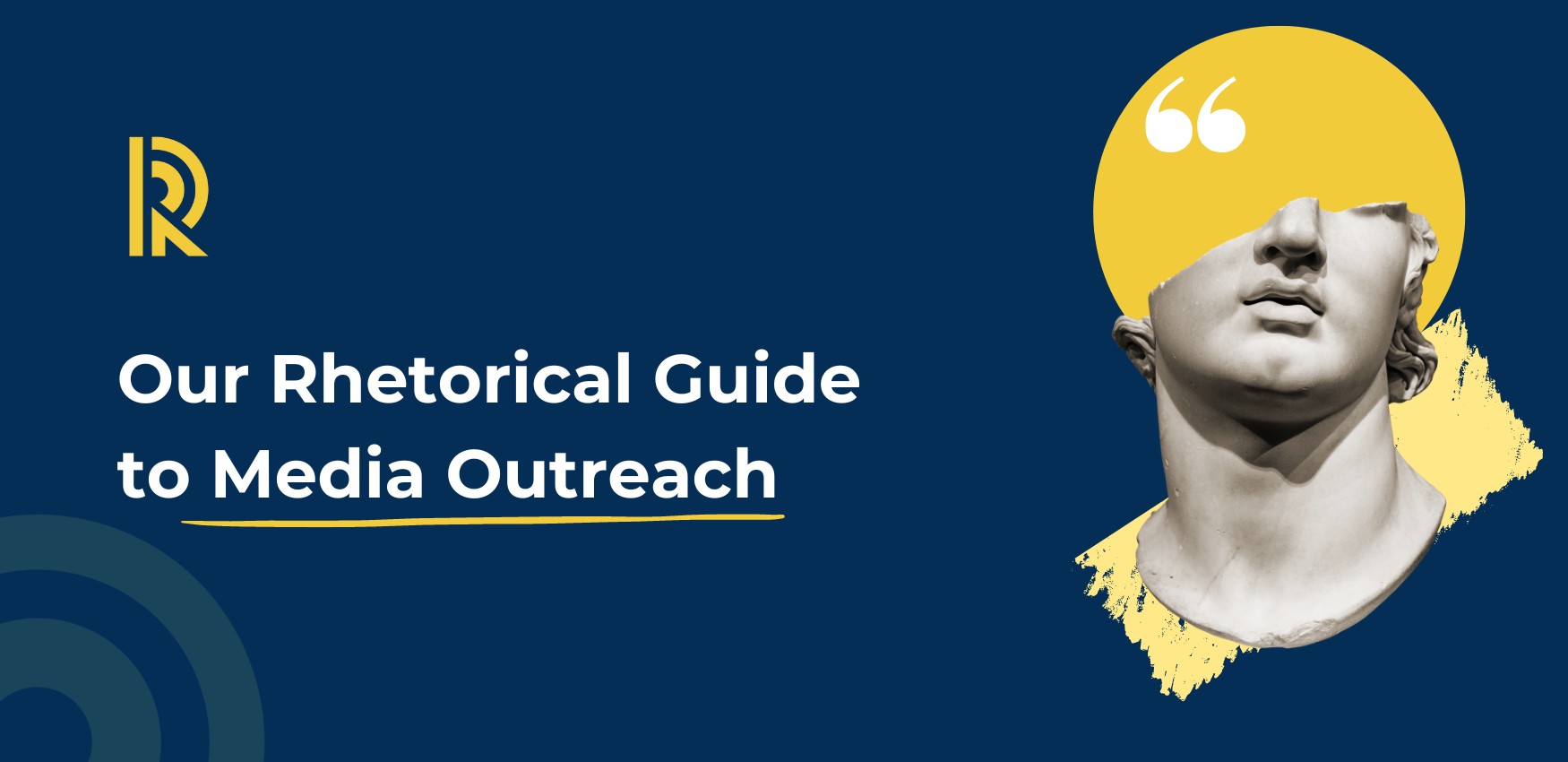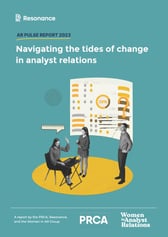4 min read

How rhetoric can improve your public relations
Build credibility with your audience
Ethos was the term Aristotle used to represent a speaker’s credibility with their audience. If you want to convince a contact at your target media outlet that your client has a story they’ll want to hear about, one of the quickest ways to do this is by building credibility.
If you consistently bring good stories to a journalist, it doesn’t just increase the chances of them opening your next email or reading your DMs; it can also be a great shorthand for future pitches.
Say you worked with a reporter on some research that your client did into phishing scams. A few months later, you might have a new study you think they’ll be interested in. By referring back to that previous work you’ve done together, it can be a great reminder of why they should take this story seriously – because you’re referring back to the credibility that you’ve already built.
Ethos isn’t just useful for pitching – it can also be the key to great content writing. The key is to show why your reader should listen to this advice or opinion. If your client has some big industry logos to hand, this is always a good proof point!
Appeal to the reader’s emotion
In rhetoric, pathos is the part that deals with emotion: specifically, your audience’s emotions. While ethos might be necessary to make your stories trustworthy, it doesn’t necessarily make them interesting.
Public relations, particularly for small to mid-sized firms, cannot rely on a captive audience. Unless you’re Google, Microsoft, IBM, or one of the other planet-sized corporations, you need an interesting story that captures a reader’s attention. We need our readers to care about what we’re saying.
Focusing on the human impact of a story — the people affected, the differences made, and the lives lived differently as a result — is fundamental. Pathos is how you persuade journalists that a tale is worth telling. It’s also how you transform a collection of facts into something that’s worth reading, sharing, and talking about.
Structure your arguments with facts and logic
Reasoning. Facts. Logic. These are the types of persuasive techniques that make up logos.
You can’t make an argument based on personal reputation and emotion alone – you need to prove your point. In B2B tech, data is king. If you want to persuade readers that your client has the most powerful semiconductor chips out there, why not cite independent test results, customer reviews, and industry-standard benchmarks that put it beyond a shadow of a doubt? If you want to stand out, you can even do your own data analysis.
But Logos brings your argument beyond a robotic list of numbers and statements – it’s also about how you structure it. By taking the time to outline your argument, you can make sure that it’s both easy to read and convincing, all at the same time.
Every time you make a point, think about how you can support that opinion with data: survey results, industry rankings, funding data, and so on. You need your readers to have confidence that what they’re reading is accurate and trustworthy so that they can get into the flow of your argument, rather than picking away at each point. That’s why it’s so important to always double-check your facts!

How ethos, pathos, and logos can help PRs build their arguments
By learning about the basic principles of rhetoric, PR professionals can ensure that their pitches and content are as persuasive and effective as possible. Each part of this ancient art plays a vital role in your day-to-day media relations, whether you know it or not.
When you appeal to the credibility that you’ve built up with a reader (i.e. when you use ethos), that’s what gives you a foot in the door. It’s your use of pathos that determines how relatable and interesting an audience will find your story. Finally, by careful use of logos, you can determine which facts best support your argument and the ideal place to put them.
Used together, these three tools can help you craft compelling messages that resonate with your audience and help you reach the right media contacts – giving your PR campaigns the edge they need to succeed.
We might not be strutting around in togas any longer, but the power of rhetoric is still evident today. The modern arena for persuasive communication is no longer the Athenian Agora or the Roman Forum; it’s the digital publications and websites that hundreds of millions of us read every day.
In the 21st century, the art of persuasion may have found new players, but the rules of the game haven’t changed.
If you’d like to learn more about how you can improve your media relations skills, check out our 4 top tips for acing media outreach. Alternatively, get in touch with us today if you’d like to have a consultation about how we can help your business tell its story to the public, media, and investors.



 "The intricacies of the data-driven landscape is written into the DNA of Resonance. We are built for the data economy."
"The intricacies of the data-driven landscape is written into the DNA of Resonance. We are built for the data economy.".jpeg?width=250&height=181&name=AdobeStock_565367297%20(1).jpeg)
 "In Tech PR we have a front row seat to the changing technology landscape. From Generative AI to Quantum, it's our job to insert our clients' voices into the narrative"
"In Tech PR we have a front row seat to the changing technology landscape. From Generative AI to Quantum, it's our job to insert our clients' voices into the narrative"



 "In a world where the only constant is change, how do tech brands stay one step ahead of the market? That's where Resonance comes in"
"In a world where the only constant is change, how do tech brands stay one step ahead of the market? That's where Resonance comes in".png?width=219&height=219&name=Seb%20Moss%20wavelength%20thumbnail%20(1).png)

 "Resonance is a group of technology, business and communications experts"
"Resonance is a group of technology, business and communications experts"


 Daniel Harrington
Daniel Harrington

